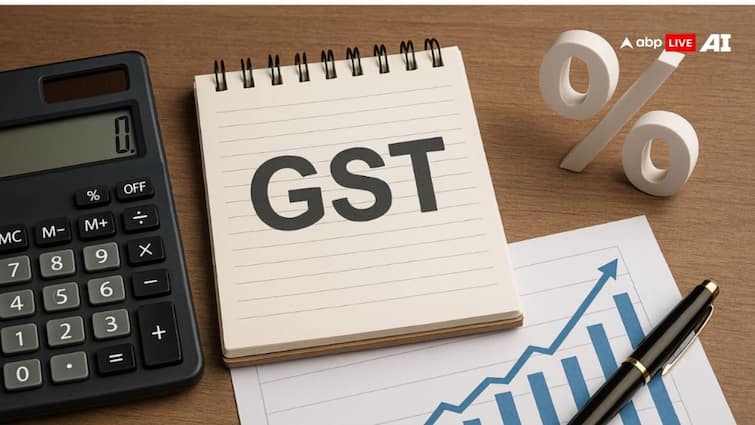GST Reform:The Ministry of Electronics and Information Technology (MeitY) has welcomed the Goods and Services Tax (GST) Council’s decision to lower rates on major electronics and home appliances, calling it a “dual win” for India’s economy. The move, announced at the Council’s 56th meeting, brings GST down from 28 per cent to 18 per cent on air conditioners, dishwashers, and large-screen televisions. The benefit will also extend to monitors, projectors (non-TV), and non-lithium-ion electric accumulators, including power banks.
According to the ministry, cheaper prices will encourage more households to purchase appliances like ACs and TVs, while simultaneously boosting domestic electronics manufacturing.
Push For Demand And Supply Chain Growth
MeitY noted that the reduction in air conditioners and televisions is expected to trigger fresh consumer demand, helping to expand the market size. The change is also projected to generate stronger backwards linkages for key components such as compressors, semiconductors, and display panels.
Micro, small, and medium enterprises (MSMEs) are likely to gain as well, with new opportunities opening in plastics, wiring, cooling systems, LED panel assembly, and other support services. The ministry underlined that such measures will accelerate localisation efforts and reduce India’s dependence on imports.
Boost For Households, Education, And Startups
The ministry also highlighted how the changes go beyond household affordability. Lower GST on dishwashers is expected to improve ease of living, while reduced rates on monitors and projectors could benefit offices, schools, and digital learning centres by lowering equipment costs. This is seen as a major step toward strengthening ICT adoption and empowering the startup ecosystem.
For power backup and storage solutions, the lower rate on electric accumulators is expected to make energy-efficient systems more accessible for homes and workplaces, supporting wider adoption of digital devices.
Industry Prepares For Festive Surge
The GST cut is expected to provide significant relief to manufacturers like Blue Star, Voltas, and Havells, who had been grappling with slowed sales as consumers waited for tax revisions. Analysts believe the lower prices could revive momentum in India’s $12 billion television market ahead of the festive season, encouraging upgrades to larger screens and premium display technologies such as QLED and mini-LED.
MeitY said these steps are in line with the government’s broader mission to scale up local manufacturing, deepen value addition, and strengthen India’s electronics ecosystem at the component level.



